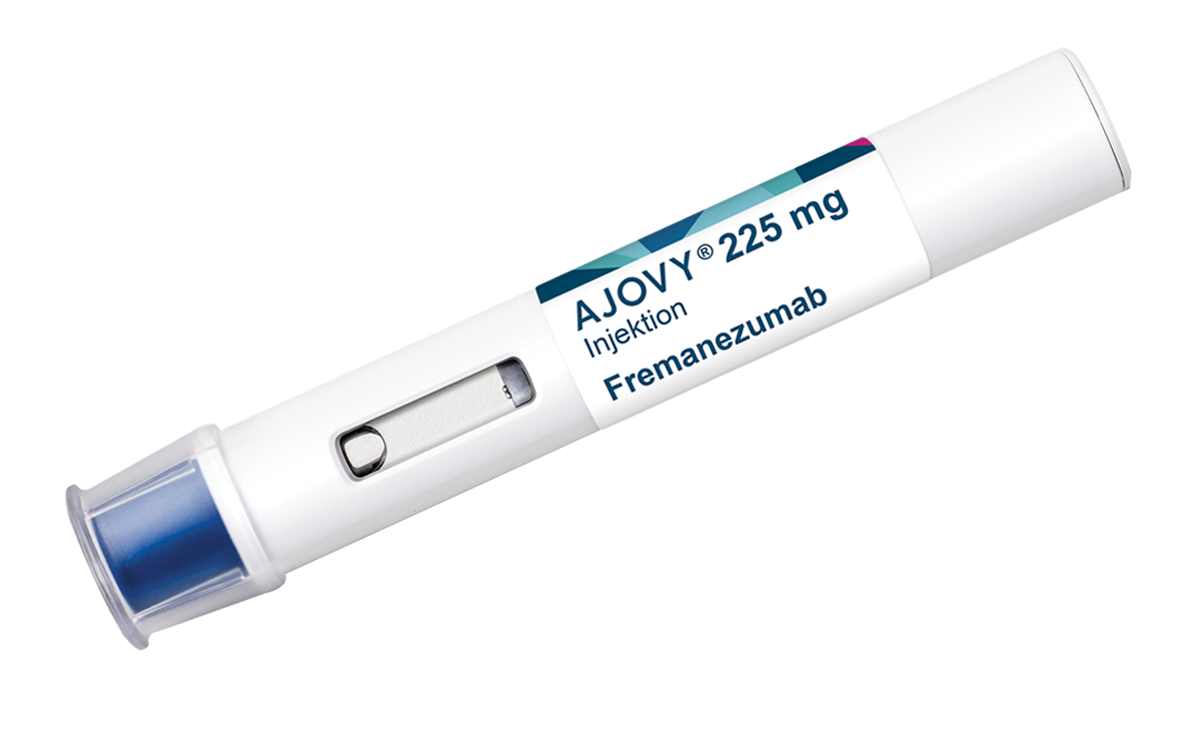Teva's AJOVY® Shows Promising Phase 3 Results For Migraine In Kids
Teva's Phase 3 SPACE study shows AJOVY is effective in preventing migraines in children and adolescents.
Breaking News
Jul 19, 2024
Mrudula Kulkarni

Teva Pharmaceutical Industries Ltd. (NYSE and TASE: TEVA)
has reported promising topline results from its Phase 3 SPACE study, which
assessed the effectiveness of AJOVY (fremanezumab) in preventing episodic
migraines in children and adolescents aged 6-17. The study successfully met its
primary objective, showing that AJOVY (fremanezumab) was significantly more
effective than a placebo over a 12-week period. The safety profile was
consistent with what has been observed in adult patients, with no new safety concerns.
Detailed findings from the SPACE study will be unveiled at a forthcoming
medical conference later this year.
Eric A. Hughes, MD, PhD, Executive Vice President, Global
R&D and Chief Medical Officer, at Teva Pharmaceuticals, “The study outcome
is excellent news in light of the unmet need for effective preventive therapies
for children and adolescents living with migraine who are greatly impacted by
this debilitating disease. The SPACE data supports our ambitions to bring the
proven benefits of AJOVY to children and adolescent patients who have fewer
treatment options available to them. I am pleased to see that AJOVY is
continuing to demonstrate its efficacy and safety in different migraine
populations, including pediatric patients.”
The SPACE data mark the first Phase 3 trial results
demonstrating both the safety and efficacy of an anti-CGRP monoclonal antibody
for treating migraines in children. These findings are particularly notable
given the absence of approved preventive treatments for migraines in younger
populations. Teva is actively investigating how AJOVY (fremanezumab) affects
pediatric patients with chronic migraines.
Migraine affects approximately 7.7% of children, with the
prevalence rising from 5% in those aged 5 to 10 years to around 15% in
adolescents. This condition can severely impact children's daily lives, causing
school absences, reduced academic performance, and missed social opportunities.
